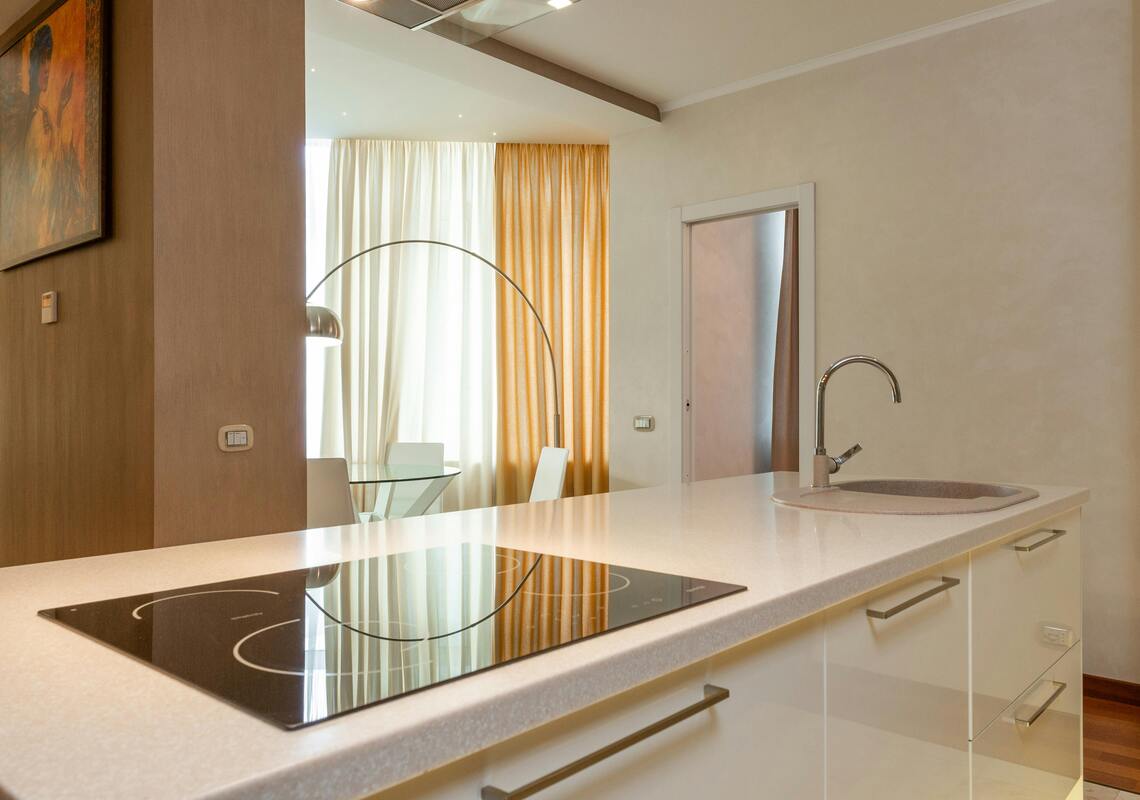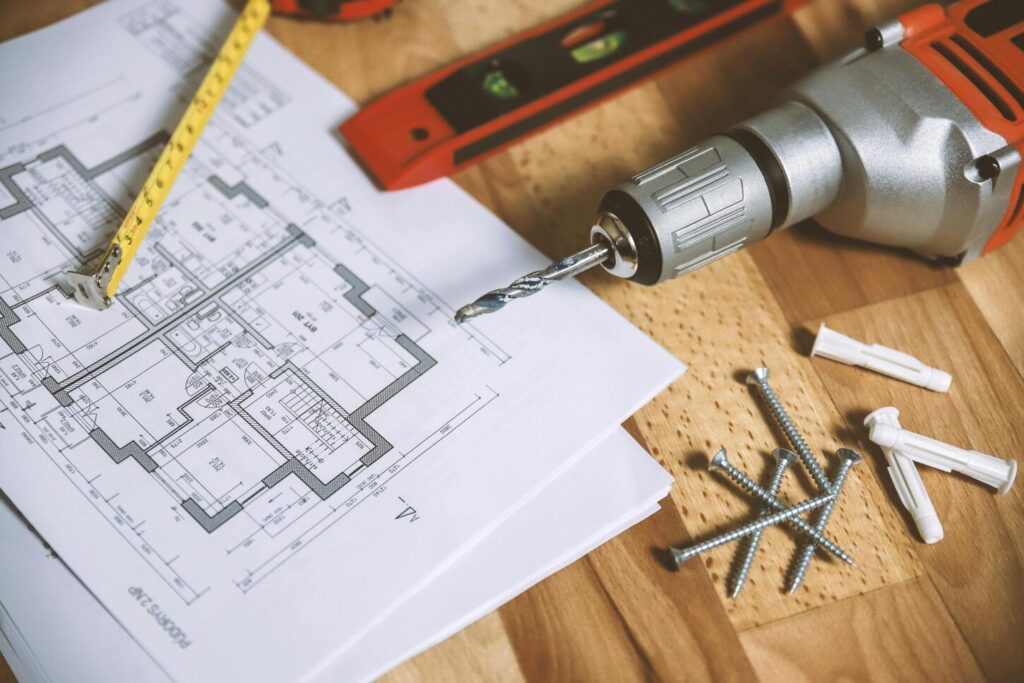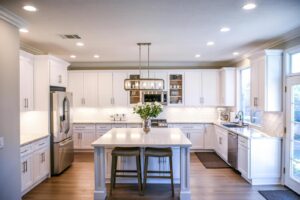Revealed! Renovation Ideas for Long-Term Sustainability

In today’s rapidly changing world, the concept of future-proofing your home has become increasingly relevant. As homeowners seek to adapt to evolving lifestyles, technological advancements, and environmental concerns, the need for renovation strategies that prioritize long-term sustainability and flexibility has never been greater. By embracing innovative design principles and strategic upgrades, homeowners can future-proof their homes to accommodate changing needs and ensure that their living spaces remain relevant and functional for years to come.
One of the key considerations when future-proofing a home is flexibility in floor plans. Traditional layouts with distinct rooms separated by walls are giving way to more open and adaptable spaces that can easily be reconfigured to suit different purposes and lifestyles. By incorporating flexible design elements such as sliding walls, movable partitions, and multipurpose rooms, homeowners can create living spaces that can evolve with their changing needs over time. This not only enhances the functionality of the home but also ensures that it remains relevant and adaptable in the face of shifting trends and preferences.
In addition to flexible floor plans, energy efficiency is another crucial aspect of future-proofing a home. With concerns about climate change and rising energy costs, homeowners are increasingly turning to energy-efficient upgrades to reduce their environmental footprint and save money on utility bills. From installing high-performance insulation and energy-efficient windows to upgrading to smart appliances and renewable energy systems, there are numerous ways to improve the energy efficiency of a home. By investing in these upgrades, homeowners can not only reduce their carbon footprint but also enhance the long-term sustainability of their living spaces.
Another important consideration when future-proofing a home is smart home integration. With the proliferation of smart devices and connected technologies, homeowners have the opportunity to create homes that are more efficient, convenient, and secure than ever before. By incorporating smart thermostats, lighting controls, security systems, and home automation platforms, homeowners can gain greater control over their living environments and streamline everyday tasks. This not only enhances the comfort and convenience of the home but also increases its value and appeal in the eyes of potential buyers.

Lastly, aging-in-place features are becoming increasingly important as the population ages and more people choose to remain in their homes as they grow older. By incorporating universal design principles and accessibility features such as wide doorways, zero-step entrances, and grab bars, homeowners can create living spaces that are safe, comfortable, and accessible for people of all ages and abilities. These features not only enhance the quality of life for current residents but also ensure that the home remains functional and desirable for future generations.
Future-proofing your home is essential for adapting to changing needs, technological advancements, and sustainability considerations. By embracing flexible floor plans, energy-efficient upgrades, smart home integration, and aging-in-place features, homeowners can create living spaces that are not only functional and efficient but also relevant and adaptable for years to come.









